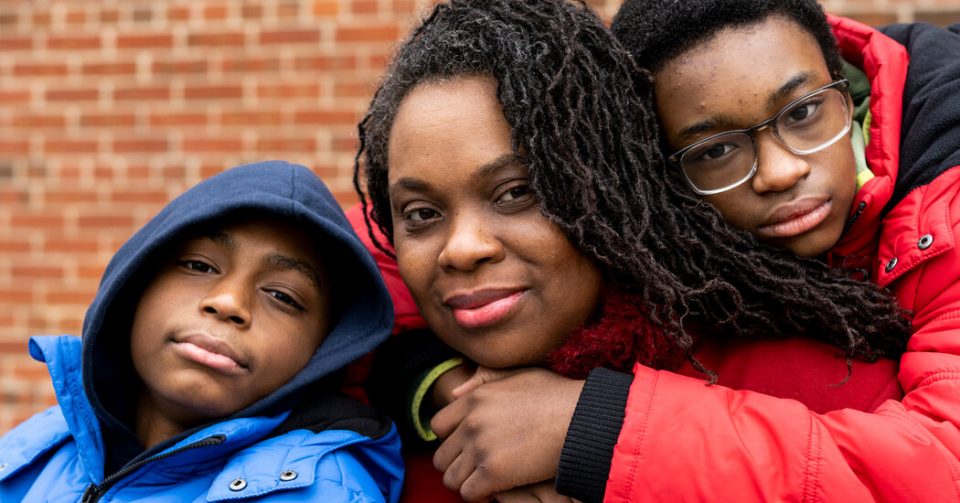
Thousands of Black students have returned to classrooms in recent months. Remote learning has been disastrous for many children of color in particular, and data has shown that students are falling behind in key subjects. That could undermine decades of work by local school districts and the federal government to narrow the achievement gap between Black and white students.
In interviews, some parents said they felt they had little choice but to return their children to classrooms so that they could work. Others said they could no longer bear seeing their children struggle with online learning.
Charles Johnson, a Brooklyn parent, allowed his son to return to in-person high school classes last fall after his son pleaded for it. Then he attended one day of classes before the city shuttered high schools indefinitely.
“He hates remote learning, oh my gosh, he hates it,” Mr. Johnson said. But Mr. Johnson, who has diabetes and other health issues, said he would not consider sending his child back. The risk feels too great.
“As bad I want the schools open,” he said, “I don’t want him in those classrooms.”
In many cities and districts, Latino and Asian-American families are also less likely than white families to send their children back. Asian-Americans have opted out of in-person classes at the highest rates of any ethnic group in New York City. Latino families in Chicago were most likely to say they would keep their children at home when schools reopened.
Still, the pattern is most consistent and pronounced with Black families, which have been particularly affected by decades of segregation, disinvestment and racism. By one estimate, a $23 billion gap, or $2,226 per pupil, separates funding for predominantly white districts and nonwhite districts, and Jessica Calarco, a sociologist at Indiana University Bloomington who has studied reopening, said the pandemic had amplified that inequity.


